Marcio Ferreira Moreno
A Knowledge-Oriented Approach to Enhance Integration and Communicability in the Polkadot Ecosystem
Aug 01, 2023



Abstract:The Polkadot ecosystem is a disruptive and highly complex multi-chain architecture that poses challenges in terms of data analysis and communicability. Currently, there is a lack of standardized and holistic approaches to retrieve and analyze data across parachains and applications, making it difficult for general users and developers to access ecosystem data consistently. This paper proposes a conceptual framework that includes a domain ontology called POnto (a Polkadot Ontology) to address these challenges. POnto provides a structured representation of the ecosystem's concepts and relationships, enabling a formal understanding of the platform. The proposed knowledge-oriented approach enhances integration and communicability, enabling a wider range of users to participate in the ecosystem and facilitating the development of AI-based applications. The paper presents a case study methodology to validate the proposed framework, which includes expert feedback and insights from the Polkadot community. The POnto ontology and the roadmap for a query engine based on a Controlled Natural Language using the ontology, provide valuable contributions to the growth and adoption of the Polkadot ecosystem in heterogeneous socio-technical environments.
Bridging the Gap between Semantics and Multimedia Processing
Dec 02, 2019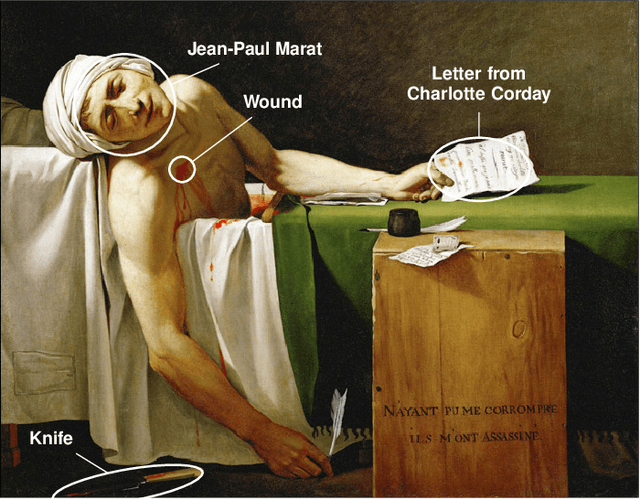
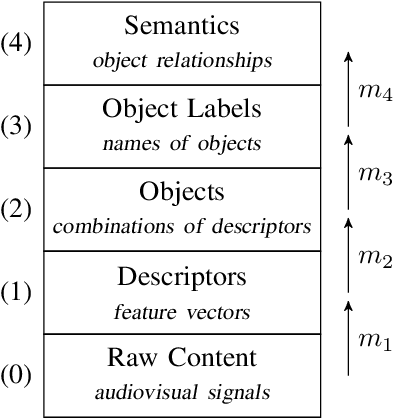
Abstract:In this paper, we give an overview of the semantic gap problem in multimedia and discuss how machine learning and symbolic AI can be combined to narrow this gap. We describe the gap in terms of a classical architecture for multimedia processing and discuss a structured approach to bridge it. This approach combines machine learning (for mapping signals to objects) and symbolic AI (for linking objects to meanings). Our main goal is to raise awareness and discuss the challenges involved in this structured approach to multimedia understanding, especially in the view of the latest developments in machine learning and symbolic AI.
An Introduction to Symbolic Artificial Intelligence Applied to Multimedia
Nov 28, 2019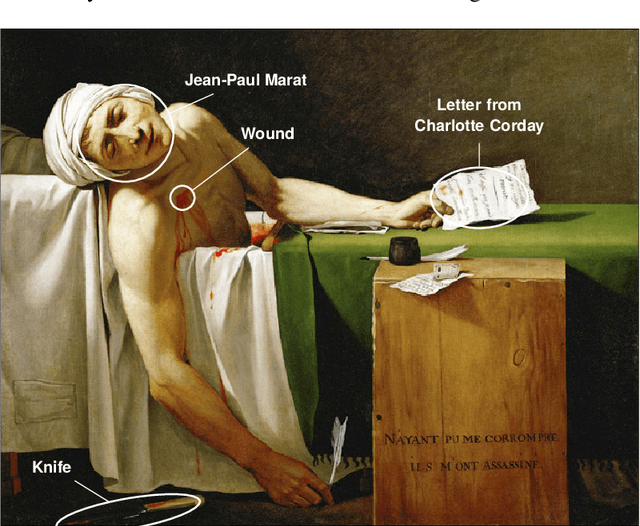

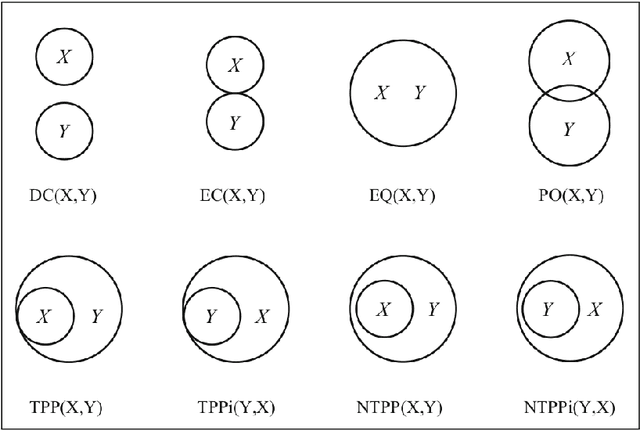
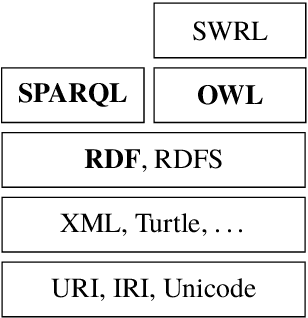
Abstract:In this chapter, we give an introduction to symbolic artificial intelligence (AI) and discuss its relation and application to multimedia. We begin by defining what symbolic AI is, what distinguishes it from non-symbolic approaches, such as machine learning, and how it can used in the construction of advanced multimedia applications. We then introduce description logic (DL) and use it to discuss symbolic representation and reasoning. DL is the logical underpinning of OWL, the most successful family of ontology languages. After discussing DL, we present OWL and related Semantic Web technologies, such as RDF and SPARQL. We conclude the chapter by discussing a hybrid model for multimedia representation, called Hyperknowledge. Throughout the text, we make references to technologies and extensions specifically designed to solve the kinds of problems that arise in multimedia representation.
Multimedia Search and Temporal Reasoning
Nov 19, 2019
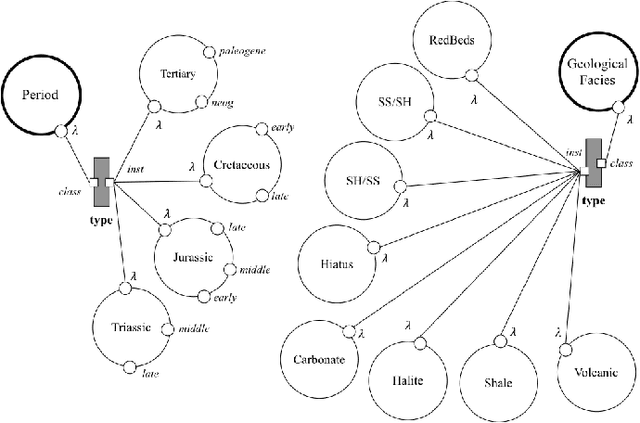


Abstract:Properly modelling dynamic information that changes over time still is an open issue. Most modern knowledge bases are unable to represent relationships that are valid only during a given time interval. In this work, we revisit a previous extension to the hyperknowledge framework to deal with temporal facts and propose a temporal query language and engine. We validate our proposal by discussing a qualitative analysis of the modelling of a real-world use case in the Oil & Gas industry.
 Add to Chrome
Add to Chrome Add to Firefox
Add to Firefox Add to Edge
Add to Edge